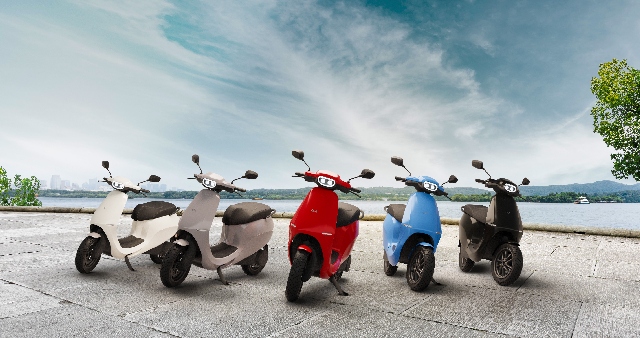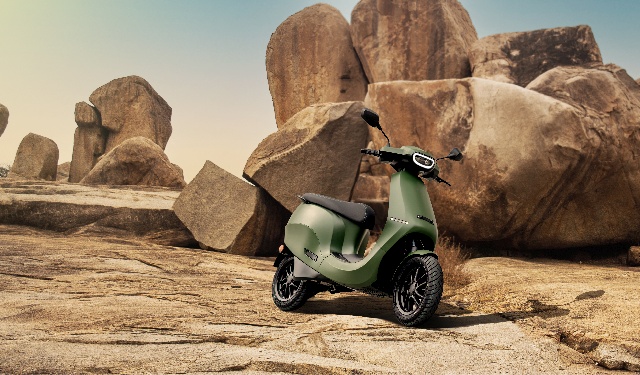On the occasion of the 75th Independence Day, the Ola S1 was launched for a price of Rs 99,999 (ex-showroom). The company also announced their future plans for enabling India to become part of the global EV transformation.

The Ola S1 Pro was launched the previous year and we have ridden it. This year they have expanded their portfolio with the addition of the Ola S1. It draws power from a 3.0-kWh lithium-ion battery pack and has a claimed range of up to 101 km in Normal mode, with 128 km and 90 km for Eco and Sport modes respectively. Other features include music playback, navigation and a smartphone app. Colour options include Porcelain White, Jet Black, Neo Mint, Coral Glam and Liquid Silver. Deliveries are expected to begin from 7 September onwards. There is also a “Freedom Edition” in Khaki Green colour available for the Ola S1 Pro. It costs Rs 1.49 lakh (ex-showroom) and only—an apt—1,947 units will be made.

There is more. Ola will be setting up as many as 100 fast-chargers across the major cities in India by Diwali. They also announced what may the most ambitious plan we have heard about yet in 2022. To put India on the map of the EV revolution, Ola claim that it is necessary to produce lithium-ion cells indigenously. To that effect, they have already begun producing lithium-ion cells at their cell factory. With further investment, Ola are planning to expand their two-wheeler, four-wheeler and cell factories. Combined, they will have a production capacity of 10 million scooters, one million cars and 100 GWh of cells. Once executed, this could easily establish India’s footprint on the global EV map.
Bhavish Aggarwal, Founder and CEO, Ola, said, ‘Over the last year EVs have been at the centre of transforming personal mobility. At Ola, we have been at the epicenter of this change, driving adoption, increasing access and affordability. There is much to be achieved yet. Currently, less than 15 per cent Indians own a two-wheeler or a four-wheeler and, with India poised for strong economic growth, the Indian automotive industry will witness demand for 20 million four-wheelers and 50 million two-wheelers each year. We believe that India needs to become the global epicentre of the EV revolution and command 25 per cent of the world’s automotive market. Today, at Ola we are taking “Mission Electric” to the next level by ensuring we have a roadmap to invest in technology, build scale and bring quality products that India deserves. As we build for India, we will also be creating the EV paradigm for the rest of the world.”


Leave a Reply